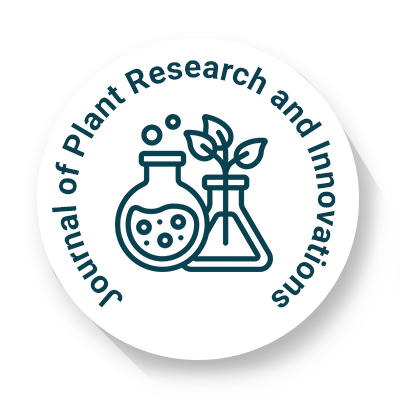
Journal of Plant Research and Innovations
OPEN ACCESS

OPEN ACCESS
Plant cytology and histology are fundamental disciplines in botanical sciences that explore the cellular and tissue structures of plants. Cytology focuses on the study of plant cells, including their organelles, functions, and processes such as cell division, differentiation, and signaling. The plant cell is unique due to the presence of a rigid cell wall, chloroplasts, and a large central vacuole, which contribute to its structural integrity, photosynthesis, and storage functions. Advances in cytological techniques, including fluorescence microscopy, electron microscopy, and molecular markers, have significantly improved our understanding of cellular mechanisms such as mitosis, meiosis, and programmed cell death in plants. These studies provide crucial insights into plant development, growth regulation, and responses to environmental stressors such as drought, pathogens, and nutrient deficiencies. Moreover, cytological research plays a vital role in plant breeding, biotechnology, and genetic engineering by enabling scientists to manipulate cellular processes for crop improvement.
Histology, on the other hand, focuses on organizing plant tissues and their functions, offering a deeper understanding of plant anatomy. Plant tissues are classified into three main types: meristematic, permanent, and secretory. Meristematic tissues, found in root and shoot apices, contribute to continuous plant growth through active cell division. Permanent tissues, which include parenchyma, collenchyma, and sclerenchyma, provide structural support, storage, and photosynthesis. Vascular tissues, composed of xylem and phloem, are essential for water and nutrient transport, ensuring plant survival and adaptation to various environmental conditions. Histological techniques, such as staining, sectioning, and microscopic analysis, allow for detailed examination of these tissues, aiding in taxonomic classification, disease diagnosis, and physiological studies. Recent advancements in histological imaging, including confocal laser scanning microscopy and digital image analysis, have further refined the study of plant tissue architecture and function. The integration of cytology and histology continues to be instrumental in modern plant research, with applications ranging from improving crop resilience to understanding plant-pathogen interactions and evolutionary biology.